

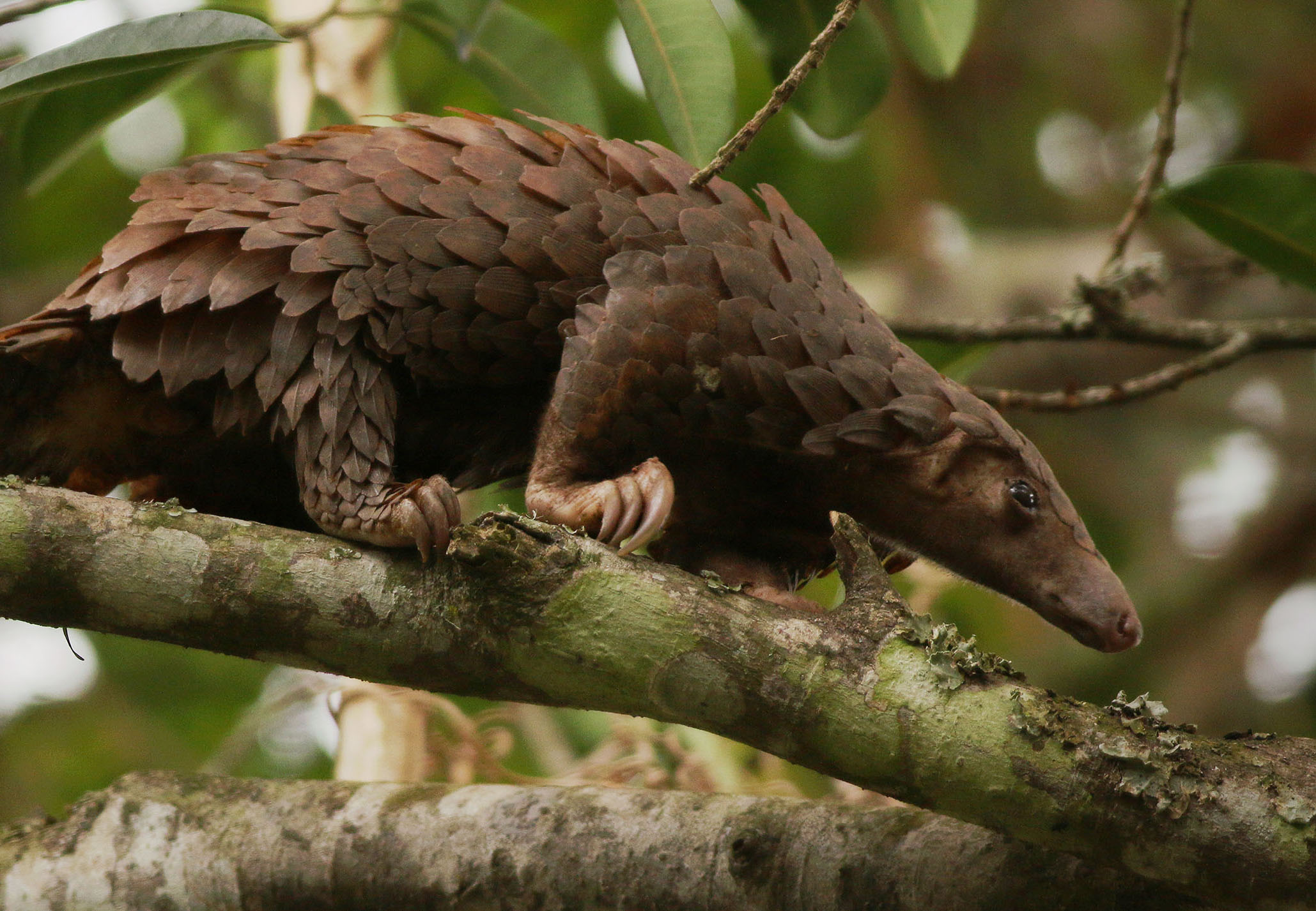

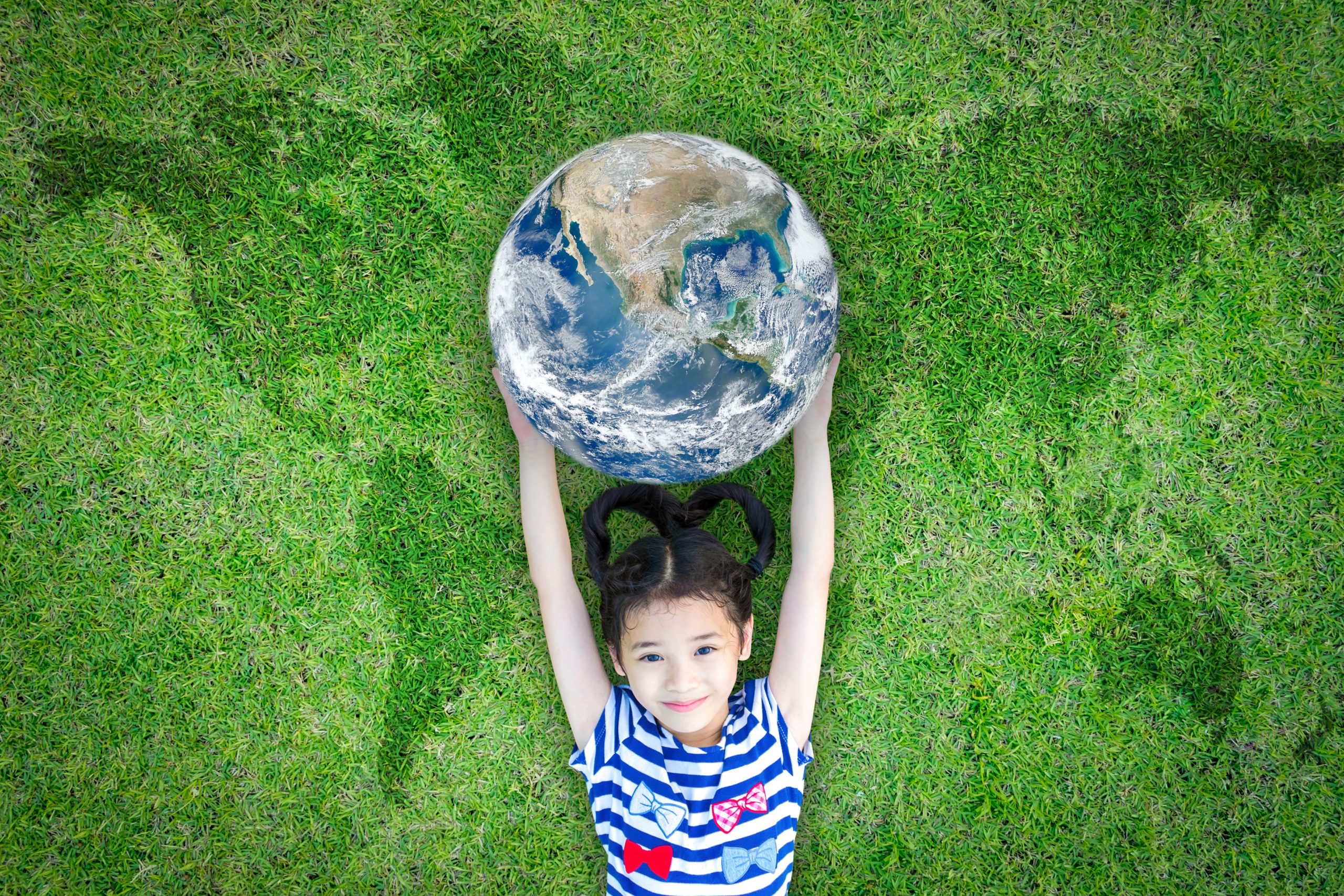 Find Out More
Toyota Environmental Challenge 2050
The Toyota Environmental Challenge 2050 was set up to take on environmental challenges like...
Find Out More
Toyota Environmental Challenge 2050
The Toyota Environmental Challenge 2050 was set up to take on environmental challenges like...

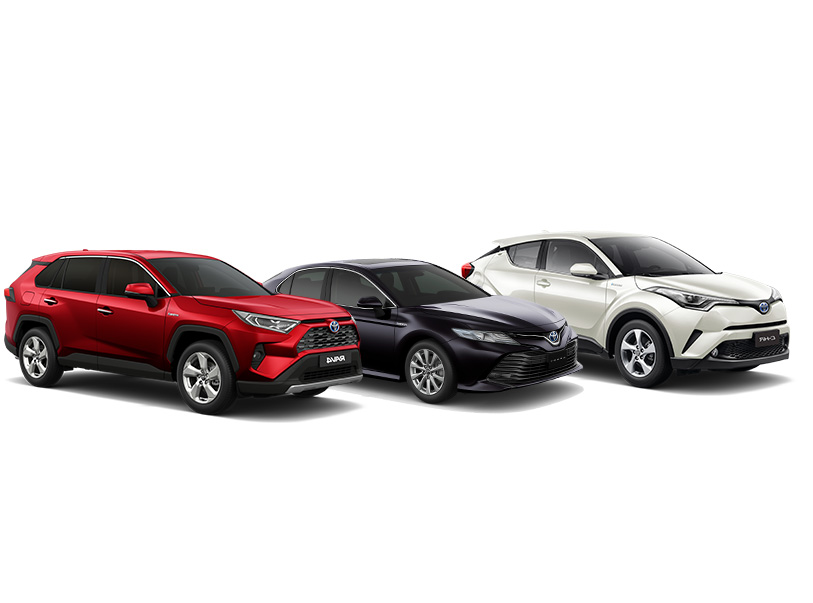 Find Out More
Eco-friendly Hybrid Electric Vehicles
Enjoying a pleasant driving experience should not come with a cost on the environment. Our hybrid electric vehicles offer drivers an experience that is not only environmentally friendly but also cost-saving.
Find Out More
Eco-friendly Hybrid Electric Vehicles
Enjoying a pleasant driving experience should not come with a cost on the environment. Our hybrid electric vehicles offer drivers an experience that is not only environmentally friendly but also cost-saving.

 Find Out More
US $1 million pledged yearly to World Wide Fund for Nature (WWF) in a first of its kind five-year partnership
We pledge US $1 million to WWF each year since 2016 to foster their environmental conservation efforts. We also pledge US $1.2 million annually to International Union for Conservation of nature (IUCN) Red List of Threatened Species™.
Find Out More
US $1 million pledged yearly to World Wide Fund for Nature (WWF) in a first of its kind five-year partnership
We pledge US $1 million to WWF each year since 2016 to foster their environmental conservation efforts. We also pledge US $1.2 million annually to International Union for Conservation of nature (IUCN) Red List of Threatened Species™.

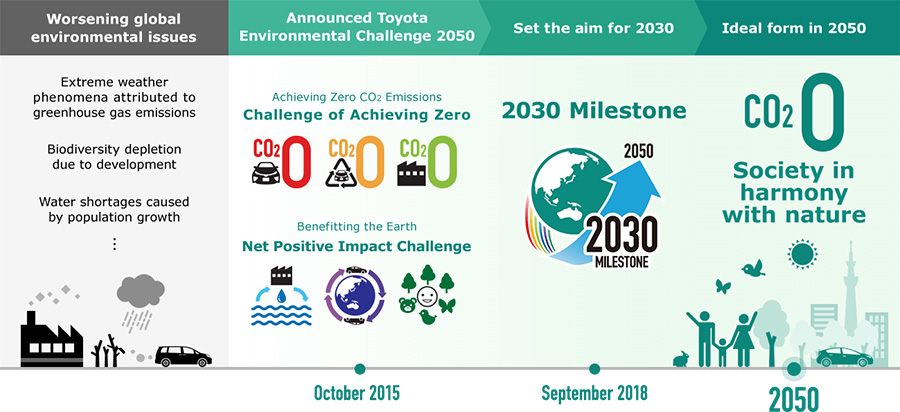 Find Out More
Towards Our 2050 Goal
In October 2015, Toyota announced the Toyota Environmental Challenge 2050. We have been striving to reduce the environmental burden attributed to automobiles to as close to zero as possible, while developing measures to contribute positively to the earth and its societies with the aim of achieving a sustainable society.
Find Out More
Towards Our 2050 Goal
In October 2015, Toyota announced the Toyota Environmental Challenge 2050. We have been striving to reduce the environmental burden attributed to automobiles to as close to zero as possible, while developing measures to contribute positively to the earth and its societies with the aim of achieving a sustainable society.
Our Mission
Since the first Toyota vehicle was born in 1935, we have grown to be the most common car brand on the road1,2 . Hence, we can’t help feel a sense of responsibility towards the environmental impact that each Toyota vehicle creates. Our commitment to environmental conservation led us in 1997 to launch the first-generation Prius, which is the world’s first mass-produced hybrid electric vehicle. More than twenty years later, there are now over 10 million Toyota hybrid electric vehicles on the road. In our aim to reduce the environmental impact on our production process, plants, and daily life, Toyota Environmental Challenge was brought to life.
The 6 areas of focus for Toyota Environmental Challenge 2050


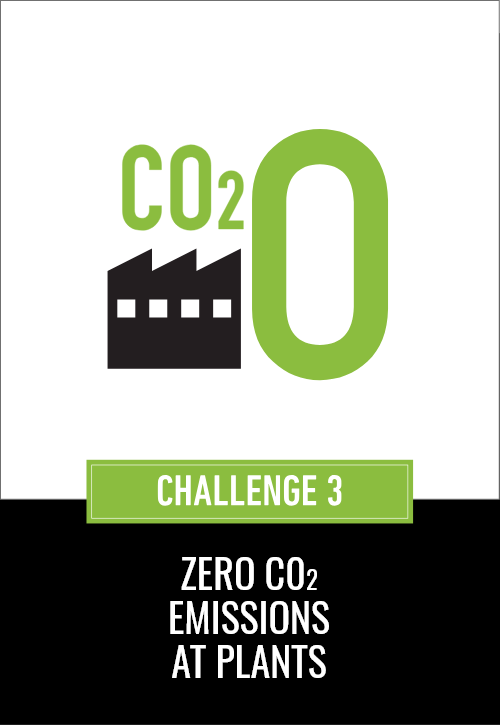
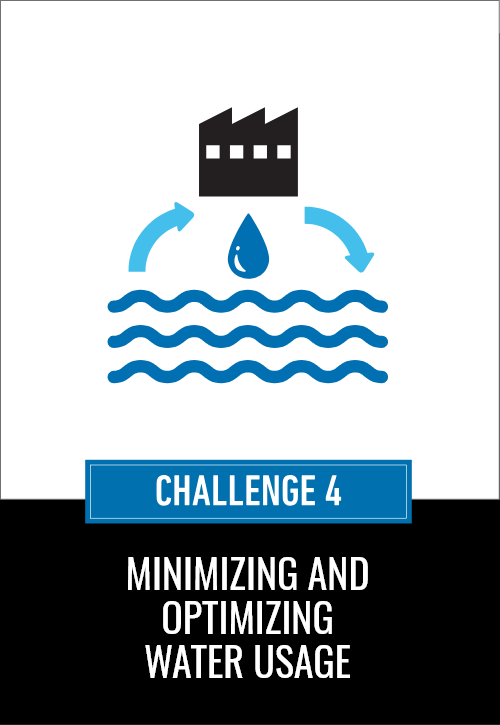
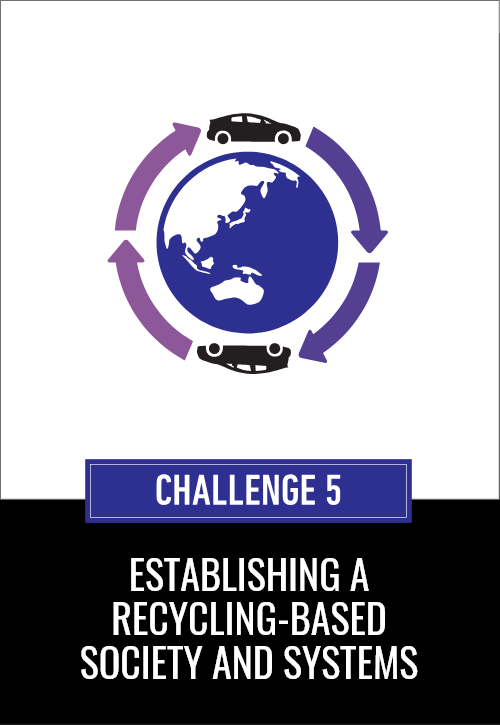
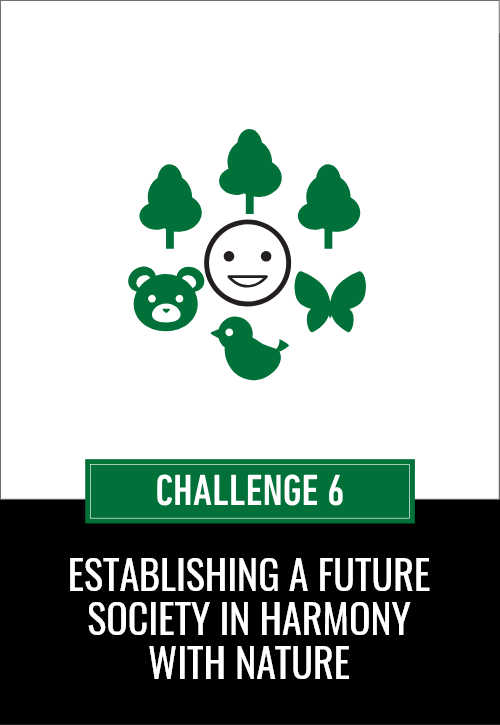
Our Achievements
Reduced CO2 emissions from new vehicles
A new Toyota vehicle consumes 13.7% less amount of fuel to run the same distance than in 2010. Less fuel burned means less CO2 emitted.
Less CO2 emitted in a life cycle
Our new Camry model emits 19% less CO2 in its life cycle – from being manufactured to recycled – compared to its previous model.
Renewable energy generated
The amount of renewable energy – solar and wind power – we generated globally in 2018 for in-house consumption at Toyota plants and other facilities.
Water usage reduced per Toyota vehicle produced (as of 2018)
We have cut down the amount of water needed in our painting and other vehicle manufacturing processes through technological advances.
End-of-life batteries have been retrieved (as of March 2018)
We have prevented more rare earth elements and petroleum-derived plastics from going into the production of new hybrid electric vehicle (HEV) batteries. In part, this is done through recycling a cumulative 35 tons of magnets, and a cumulative total of approximately 170 tons of cemented carbide tools with tungsten.
Established Toyota Environmental Activities Grant Program
We established the subsidy program in 2001 to support the environmental activities of NPOs and other groups with the intention of resolving problems in environmental fields and fostering people responsible for the next generation.
